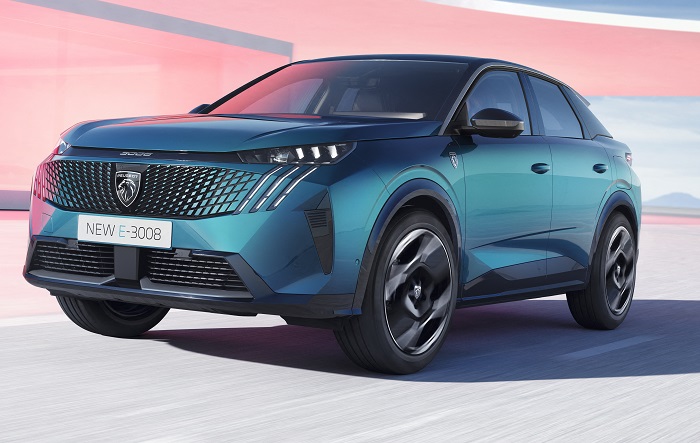Europe—defined operationally as the EU, EFTA, and UK—is a car market on par with that of the United States, but it tends to be neglected in the North American media. For Mopar people, that made sense for many years, as Chrysler had minimal sales in Europe for the postwar years, until taking over SIMCA; and then after selling SIMCA and Rootes Group to Peugeot, continued to have minimal sales with a minor rebirth in the 1990s.

Today, Chrysler, Dodge, Jeep, and Ram are part of a European concern made mainly of Fiat and Peugeot, including Opel/Vauxhall (purchased from General Motors) and numerous other European marques. It is the second largest seller in Europe, not really challenged as it is in the United States by Honda and Hyundai-Kia; Honda is barely on the European map (less than 1% market share) and Hyundai-Kia is smaller in Europe than the Mopar brands are in the United States.
The dominant force in Europe remains Volkswagen Group (VW), which includes the namesake brand, Audi, Skoda, Seat, Cupra, Porsche, and small luxury marques. It has a 25% share—one of four new car registrations are VWs. Stellantis (STLA) has a 17.4% share.
Over 2023 (January through October 31), both VW and STLA gained around 10% in sales vs the same period in 2022 (STLA gained by 11%, VW by 10%). However, both lost market share, as Renault in particular shot up by 24%—and Tesla rose by 210%, though it still has less than a 2% market share. BMW also rose, by 17%, and Suzuki, Jaguar Land Rover, and Honda all gained, though none have even Tesla’s small share.
Tesla appears to have been the #3 seller of electric cars, with just 18,023 sales from January to the end of October; Stellantis was the #2 seller, so the company sold more than 18,023 electrics.

Battery-electric sales grew by 30% in October 2023, vs October 2022; Europeans bought 158,439 electric cars that month. They outpaced PHEVs, which gained 2% to 89,079, but were outpaced by plain hybrids, which rose 33% to 298,390. Gasoline cars also rose, by 8%, to 354,409; diesels fell by 14% to 109,998. Overall, gasoline powered cars kept 33% of the market; hybrids kept 29%; and BEVs rose to 14%, beating diesels. The year to date number for BEVs was also 14%, passing diesels for the first time.
Discover more from Stellpower - that Mopar news site
Subscribe to get the latest posts sent to your email.
